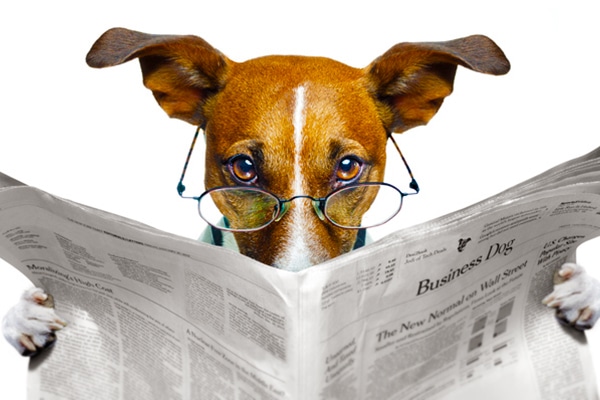This post kicks off a series of articles, in which we’ll study essential social measurements and tactics. All over the world, companies are struggling to define social media success. As an industry, we’ve been social for years already. At first, lots of marketers dove into social, frankly, because it was there. Sure, there were fantastic stories of accomplishment and sales-valor, but ROI for many was ambiguous.
That’s all changed now as C-suite types hold marketers accountable for budgets expended in the name of “social”. Everyone already knows about softer outcomes, like successfully instituting effective listening and providing better customer service by offering new social communication channels to customers. Now, bosses require explanations as to where the ROI is.
One thing’s for sure. The days of meaningless socialization for the sake of participating in social media are over.
Businesses worry about not going after the “right” or “big” enough metrics. “Where is the ROI?” they ask. Some CMOs even admit, in private, to feeling lost. Is the best tactic to seek lots of friends and followers? Do we even have to be in social? If engagement is really an important success metric, what type of engagement metric should we be going for? How do we measure engagement in meaningful ways that can be associated with revenue? What can we communicate to the C-Suite as reasonable KPIs? How do we justify expenditures? In this post, we’ll discuss the classic question: “Are our Facebook likes valuable?”
The beginning of any community building effort is a dogged determination to place focused fans in community by intentionally targeted Psychographics. Community building can’t be willy-nilly. Random fans won’t be nearly as useful for content marketing. The objective is to place a confirmed percentage of our target psychographic segments, in-community. This task, though seemingly simple, is daunting for many and a lot of hard work for most. Here’s how you measure it.
When it comes to earning likes in Facebook, it’s essential that marketers continually study who is actually in the community by density analysis. We always want to know the user count and percentage of key demos we own by subscription. This is important because, ostensibly, the idea of getting users to like or follow is so we can market to with content ongoing. If the users who like our page have interests that jibe with our corporate mission, things will be a lot easier later. In the alternate, unfocused likes most often have less value.
For instance, if there are 351,740 people in the United States interested in #Muscle car, we want to know:
- What percentage of the 351,740 is in our community? Say, out of the 32,506 users who like our page, there are 14,252 confirmed users who like #Muscle car. That means our community owns (by like-subscription) about 4% of the #Muscle car FB segment.
- What percentage of our overall community does the target segment comprise? Of our 32,506 users, 14,252 like #Muscle cars. That means that about 43% of our community is comprised of our target segment.
- What percentage of our friends’ friends (second degree) as in the target segments? If we test to see how many friends of our 14,252 #Muscle car friends also like #Muscle cars, we might see that 56,708 are also interested. That’s about 16% of the 351,740.
Studying the makeup of a first-degree (friends) organic Facebook community (those who like your brand page) is easy. Essentially, we’re performing psychographic research on our own fans, as if we were going to place Facebook ads. Don’t be confused. We’re all familiar with using Google AdWords keyword tool to profile keywords for SEO. Just because we use AdWords keyword tool, that doesn’t mean anyone is going to place search PPC ads. We do the same sort of thing with FB ads. Even if you don’t place any FB ads, it’s very valuable to simply turn the Facebook ad’s create-an-ad-tool inwards, only studying your own community.
Studying friends of friends (second degree) in the target segment is easy, too. Just use FB ads to target FB users whose friends are connected to your page. Again, dial in the #Muscle Car Precise Interest or whatever your target is.
In the report below “IG” means the total count of FB users in an interest group, as defined by targeting using Facebook ads. First degree means those who are subscribed to our brand page by likes. Second degree means friends of friends, which is important later for targeted sponsored stories.
It’s fundamental that marketers recurrently evaluate the focus of likes received. Use Facebook ad’s create-an-ad too to measure user count and percentage of key demos you own. This is critical because, supposedly, the goal of getting users to like or follow is so we can interact with compatible friends for marketing purposes. If the users who like our page have interests that mesh with our objectives, future interactions can be themed in ways to benefit all parties. From message testing to content marketing, these peeps will groove. Otherwise, we’re getting likes for the sake of likes.
Photo credit: © javier brosch












